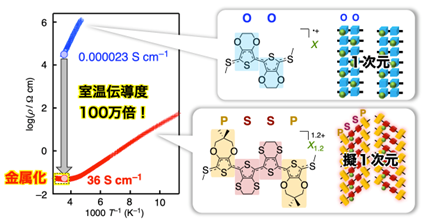2023-07-04 チャルマース工科大学
◆この研究は、チャルマースのスピンオフ企業であるAtium社と、鉱業および金属精製会社のBoliden社との協力のもとで行われた。
<関連情報>
- https://news.cision.com/chalmers/r/how-mercury-emissions-from-industry-can-be-greatly-reduced,c3792792
- https://pubs.acs.org/doi/10.1021/acsestengg.2c00417
白金上の電気化学的合金形成による濃硫酸からの水銀除去 Mercury Removal from Concentrated Sulfuric Acid by Electrochemical Alloy Formation on Platinum
Vera Roth, Julia Järlebark, Alexander Ahrnens, Jens Nyberg, Justin Salminen, Teodora Retegan Vollmer, and Björn Wickman
ACS ES&T Engineering Published:April 12, 2023
DOI:https://doi.org/10.1021/acsestengg.2c00417

Abstract
Mercury is a highly toxic heavy metal, and improved removal processes are required in a range of industrial applications to limit the environmental impacts. At present, no viable removal methods exist commercially for mercury removal of aqueous solutions at high acidic conditions, such as concentrated sulfuric acid. Herein, we show that electrochemical mercury removal based on electrochemical alloy formation on platinum, forming PtHg4, can be used to remove mercury from concentrated sulfuric acid. Thin platinum film electrodes and porous electrodes with supported platinum are used to remove more than 90% of mercury from concentrated acid from a zinc smelter with an initial mercury concentration of 0.3–0.9 mg/kg, achieving high-quality acid (<0.08 mg/kg) within 80 h. The removal process is carried out in 50 mL laboratory-scale experiments and scaled up to a 20 L pilot reactor with retained removal efficiency, highlighting excellent scalability of the method. In addition, the removal efficiency and stability of different electrode substrate materials are studied to ensure high-quality acid and a long lifetime of the electrodes in harsh chemical conditions, offering a potential method for future large-scale mercury decontamination of sulfuric acid.


